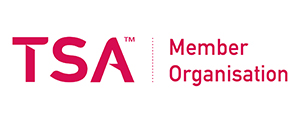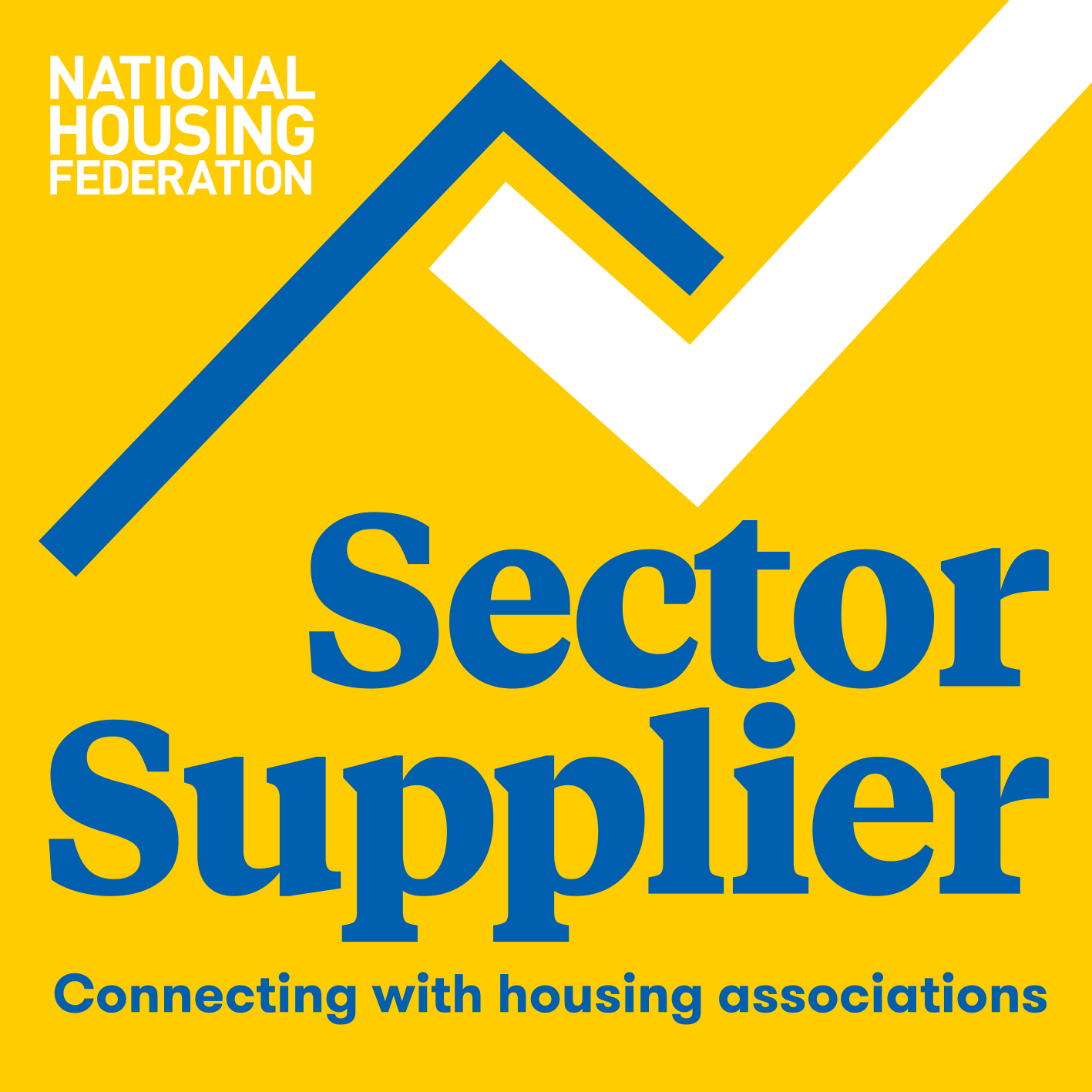News from Alertacall plus articles and insights on how to enhance outcomes for people with higher needs in the housing, health and social care sectors.
As the colder weather sets in, properties are increasingly at risk of cold and damp. The link between physical health, mental wellbeing and housing conditions is widely reported. At a time where people are needing to spend more time than ever at home due to COVID-19, many housing providers are seeking proactive ways to identify these maintenance issues for the benefit of their residents but also to reduce the cost of the repairs.
In early January 2020, Inside Housing’s annual repairs and maintenance spend tracker, noted a 7.7% jump in spending – equating to more than £250m across the sector. Many reasons were identified for this, including increased safety measures being implemented and higher levels of tenancy turnover. With the outbreak of COVID-19, repairs teams were unable to carry out many routine and scheduled work from March to May, creating an enormous repairs backlog. Even when repairs teams were able to return to work, the required additional precautions and measures have slowed the speed at which repairs can be undertaken.
More recently, the research report ‘Homes, health and COVID-19’ published by the Centre for Better Ageing and the King’s Fund highlights that as many as 10 million people in England could be affected by cold and damp in their home. Cold housing accounts for approximately one in five excess deaths during winter in England every year. In 2020, the report states that this winter, national and regional lockdowns will see potential increases in fuel bills which will only exacerbate fuel poverty for those trying to heat poorly insulated homes for longer periods.
Holly Holder, Senior Evidence Manager at the Centre for Ageing Better, said:
‘Spending long periods of time in a cold, damp and unsafe home is bad for people’s health and could increase the risk of serious consequences if someone were to contract COVID-19.
The government urgently needs to reach out to these at-risk groups so any immediate interventions can be made to make homes warmer, free of damp and safer.’
Excess cold and damp can, therefore, create significant health impacts and put individuals at increased risk of contracting chronic health problems, including respiratory and cardiovascular conditions. For many housing providers, detecting the early signs of cold and damp could be a lifesaver for their residents. It also helps ensure compliance with the Homes (Fitness for Human Habitation) Act 2018, which puts the onus on landlords to ensure the rented accommodation they provide is safe, healthy and free from things that could cause serious harm are ‘fit for human habitation’.
With many housing teams working remotely, increasing contact with residents can play a vital role in proactively identifying possible maintenance issues before they escalate. Housing Proactive, Alertacall’s housing management system, is being used by housing providers at this time to try and address some of these issues through the following:
- Proactive property checks – As part of the Housing Proactive housing management system, residents have regular opportunities to either report digitally through a device or speak to a member of our team on any issues relating to their property. These prompts to residents pick up issues for things that may have been left unreported for a longer period of time.
- Repairs hotline button – Where requested by the housing provider, a hotline button is added to our range of devices to make it quick and easy for residents to make contact with the repairs team directly.
- Messaging service – Housing teams can send out regular reminders to ask residents to undertake checks for signs of cold and damp in their property (as well as reminders for repairs visits).
 Additionally, the Envosense environmental sensor from Alertacall has been deployed with a number of providers to monitor changes in humidity and temperature in their properties, which can be indicative of dampness, poor ventilation and heating failure.
Additionally, the Envosense environmental sensor from Alertacall has been deployed with a number of providers to monitor changes in humidity and temperature in their properties, which can be indicative of dampness, poor ventilation and heating failure.
Data collected hourly from these devices is updated using mobility connectivity. There is no hardwiring, no base unit and these low cost devices with a battery life of 5 years can be simply stuck to the wall by the resident, which means no installation team needs to enter a property. Housing teams use an online reporting portal to access the data which flags where the level of humidity or temperature is regularly falling outside of the safe zone.
It is more important than ever this winter that issues relating to cold and damp are identified early. Alertacall is keen to help providers where possible take a proactive approach to these issues for the benefit of both residents and the providers.
If you would like more information on Housing Proactive or Envosense, please contact Ben Lambert, Head of Client Relations, on 0808 208 1234 and contact@alertacall.com.








